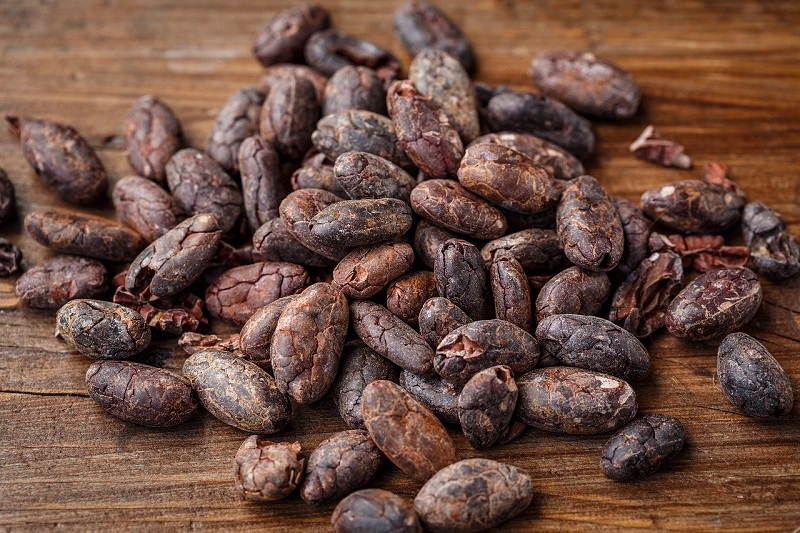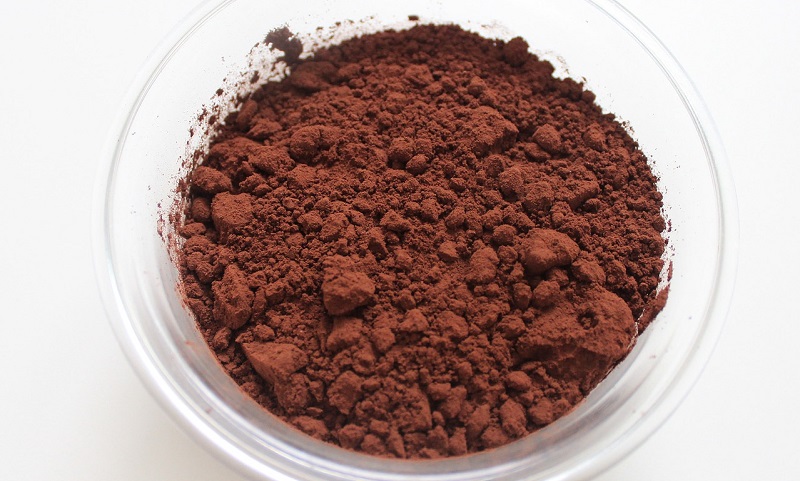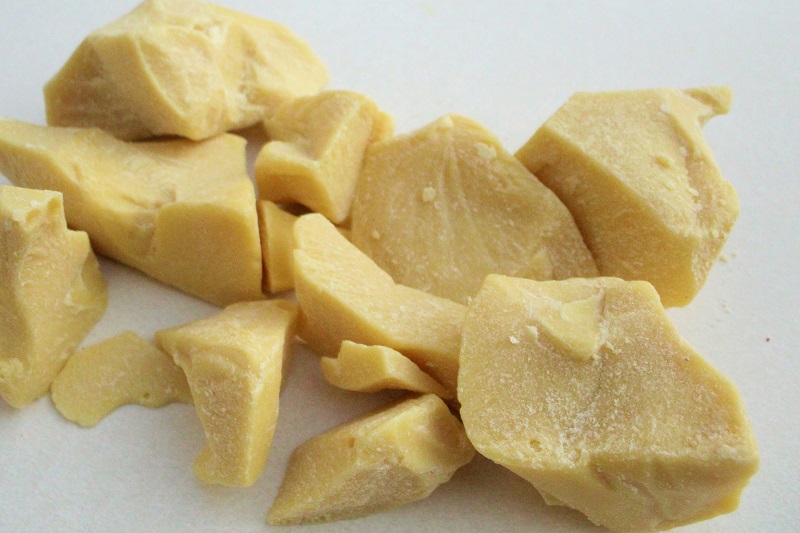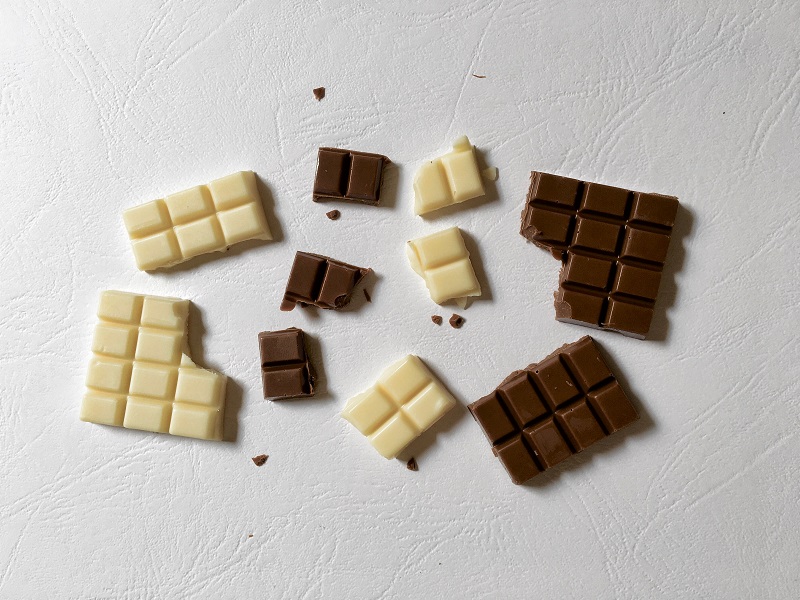Medical Disclaimer: this article is provided here as information only. I highly urge you to speak with your doctor or a licensed medical professional to figure out whether or not you have a chocolate allergy or intolerance.
These days a lot more people seem to be experiencing chocolate allergy symptoms, and it’s incredibly distressing, especially as the issue seems to be coming on rather suddenly. But is there a safe way to check for a chocolate allergy or intolerance? Obviously an allergy to chocolate would cause the same symptoms each time, making it easy to diagnose, right? Wrong. Every individual allergic response will be different due to the varying origins and amounts of the allergen in question.
This means in this case that you can have a much more noticeable reaction to chocolate on one occasion, not react to it on a half dozen more occasions, and then have a very severe reaction upon the next consumption. If something about chocolate seems to really set you off, please don’t have it again until you’ve seen an allergist and discussed your options. But if you’re experiencing mild discomfort when you eat chocolate, you may want some answers without resorting to a doctor quite yet.
So what causes an allergic reaction to cocoa? Is it something else in chocolate that’s causing a reaction? In this article we cover both of these questions and more, beginning by defining a chocolate allergy and its potential indicators.

Do I Have a Chocolate Allergy?
First of all, what is a chocolate allergy? The British NHS defines an allergy as body’s immune system reaction to a particular substance “as though it’s harmful.” The still-standard definition of an allergy is the body’s plasma cells releasing Immunoglobulin E (IgE), an antibody which then binds to specialized white blood cells, releasing various substances including histamine, a type of amine which causes inflammation. You may recognize histamines from the well-known allergy medicine which blocks them: antihistamines.
In large amounts, histamines can build up in the body and cause inflammation, which is exactly what this allergic response is meant to do. At the core of this, allergies are your body’s way of trying to protect you from harm, and the vast majority of people have a mild (non-life-threatening) reaction. However, IgE-mediated allergies specifically can become life-threatening due to the possibility of anaphylaxis— when your throat closes up and you need an EpiPen to be able to breathe— so if you suspect you have a chocolate allergy, you should avoid it completely until you can be tested for an IgE response by an allergist.

Chocolate Allergy Symptoms
Many people develop allergies in their lifetimes, and they can both go away and appear through no fault of our own. These are some of the symptoms of a chocolate allergy, both IgE-mediated and non-IgE-mediated.
- Tingling or itching in your mouth
- Hives, itching, reddish rash or eczema
- Swelling of the lips, face, tongue and throat (or other parts of the body)
- Wheezing, nasal congestion, or trouble breathing
- Abdominal pain, diarrhea, nausea or vomiting
- Dizziness, lightheadedness or fainting
- *Acid reflux-like symptoms and sensations
- *Unexplained sudden weight loss
- *Lethargy/Brain Fog
- *Bloody stools, diarrhea
- *Contact dermatitis (sudden skin inflammation)
- Anaphylaxis (tightening of the airways, rapid drop in blood pressure; can result in death if not immediately treated)
* = more common in non-IgE-mediated allergies

Chocolate Sensitivity Test (At Home)
You probably found this article because you want to understand if one of your favorite foods is actually causing you harm. But on the flip side, when you’re reacting to chocolate, are you eating pure cacao beans with no other additives? Because when we say chocolate allergy, we actually mean cocoa allergy. This is because chocolate is a strictly defined, cacao-based food, and something cannot legally be labelled chocolate unless it contains cacao— that is the only required ingredient.
So if you believe you’re struggling with a chocolate allergy, but you’ve never tested your reaction with pure cacao nibs or cacao mass, then you haven’t done a true chocolate allergy test. Even two of the three “proven” cases of a cocoa allergy were done with finished chocolates rather than a clean cacao product. This is problematic because it’s been proven that there may be microscopic amounts of metal from the chocolate refiners, insects from the badly-cleaned cacao beans, or even accidental cross-contamination in transit.
So if your perceived reaction to chocolate isn’t life-threatening, I highly recommend trying again with pure cacao/cocoa. To do a home chocolate allergy test, eat a very small handful of cacao nibs with no other ingredients on the label (no emulsifiers, sweeteners, fillers, or smoothers). You can even rinse them off beforehand, but you can be sure that they don’t have any roaches, milk, or metal ground into them! But if you still react to them, then it’s worth looking into testing for a true chocolate allergy, or even a histamine intolerance.

Then Do I Have a Chocolate Intolerance?
If your bad reaction to chocolate doesn’t quite fit the bill of a chocolate allergy, you may still have a chocolate intolerance. This is most commonly caused by your body’s reaction to a specific substance in cocoa. There are a number of issues which could mimic an allergic reaction, and trick you into thinking you have a chocolate intolerance. Some possibilities include:
- Oral Allergy Syndrome (more mouth- and throat-centric symptoms)
- Histamine Sensitivity or Intolerance (more systemic issues & other food sensitivities)
- Caffeine or Theobromine overload (more nervous system symptoms)
Either way, if something you’re consuming seems to be hurting you in any way, stop consuming it immediately. This isn’t always as easy as it sounds, because chocolate has so many health benefits and can actually be a great addition to a healthy vegan diet. But discomfort is your body’s way of telling you to look closer at something, so I encourage you to do so.

Can You Have A White Chocolate Allergy?
Enough people have asked me about a white chocolate allergy that I figured I should address it here. A true chocolate allergy is most likely to be an issue with something in the cocoa solids, meaning that an intolerance to white chocolate is most likely an issue with milk or Oral Allergy Syndrome (a contact allergy, possibly from non-cacao ingredients). Before deciding that it’s an allergy, I highly recommend that you try a vegan white chocolate made with only cocoa butter, sugar, and coconut.
If you still suspect you have a white chocolate allergy, follow the same testing protocol outline in the Chocolate Sensitivity Test section, but with pure food-grade cocoa butter. If you still have a reaction, well then you may be part of an incredibly small group of people who have a cocoa butter allergy, and you should avoid it for at least a year before re-testing.

[…] the same, an allergic response to both soy and sunflower lecithin is not impossible with a strong enough reaction or if the […]